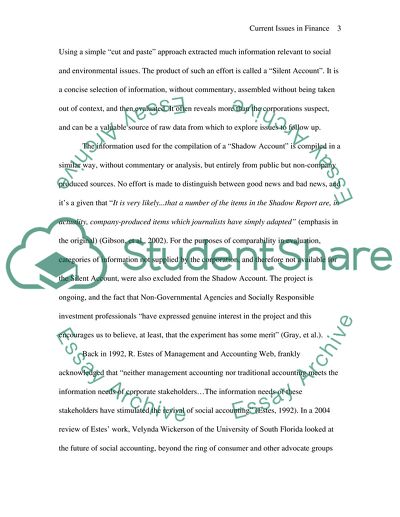Cite this document
(Interest in Corporate Social Reporting Assignment, n.d.)
Interest in Corporate Social Reporting Assignment. Retrieved from https://studentshare.org/human-resources/1536685-current-issues-in-finance
Interest in Corporate Social Reporting Assignment. Retrieved from https://studentshare.org/human-resources/1536685-current-issues-in-finance
(Interest in Corporate Social Reporting Assignment)
Interest in Corporate Social Reporting Assignment. https://studentshare.org/human-resources/1536685-current-issues-in-finance.
Interest in Corporate Social Reporting Assignment. https://studentshare.org/human-resources/1536685-current-issues-in-finance.
“Interest in Corporate Social Reporting Assignment”. https://studentshare.org/human-resources/1536685-current-issues-in-finance.


